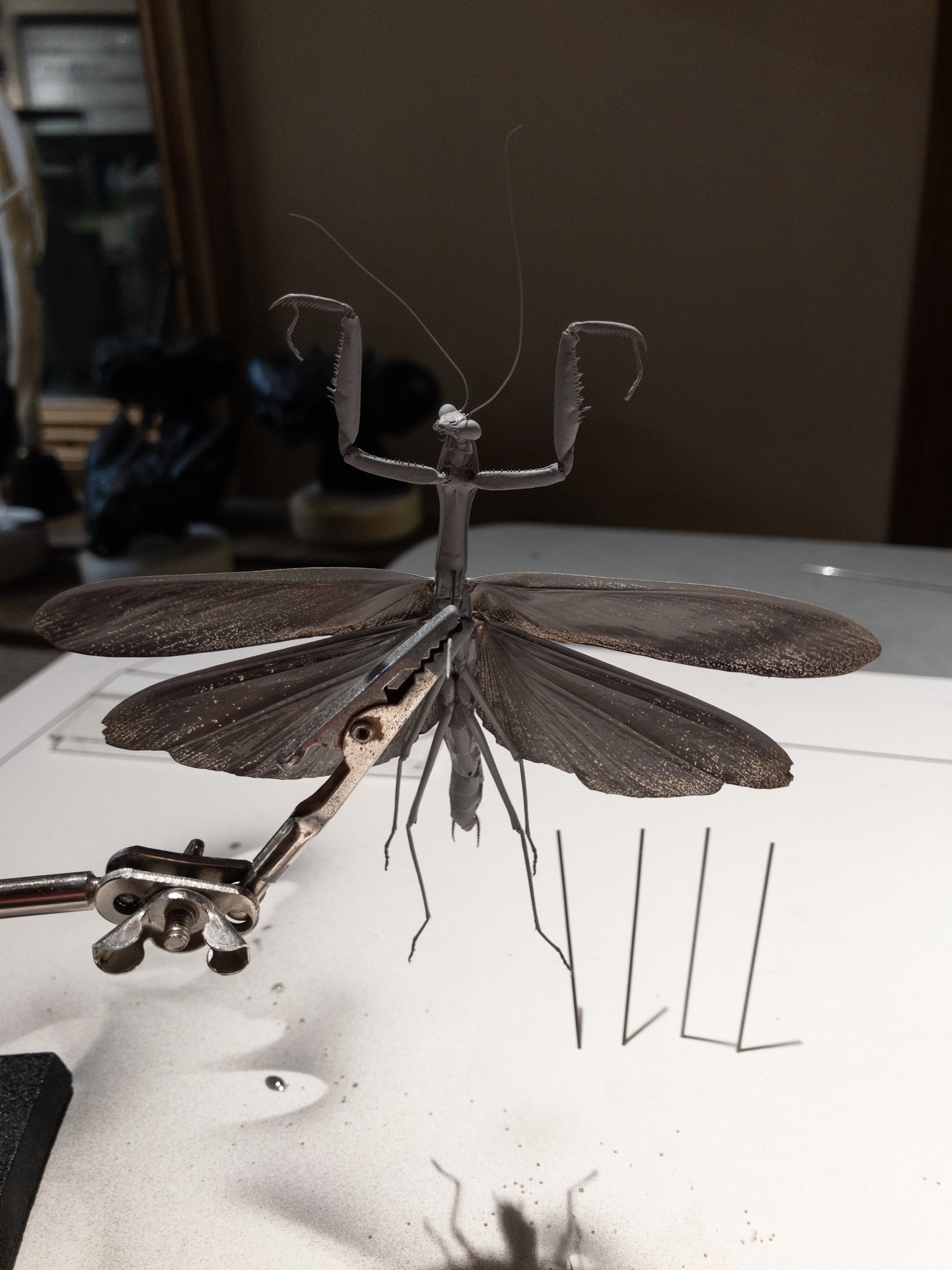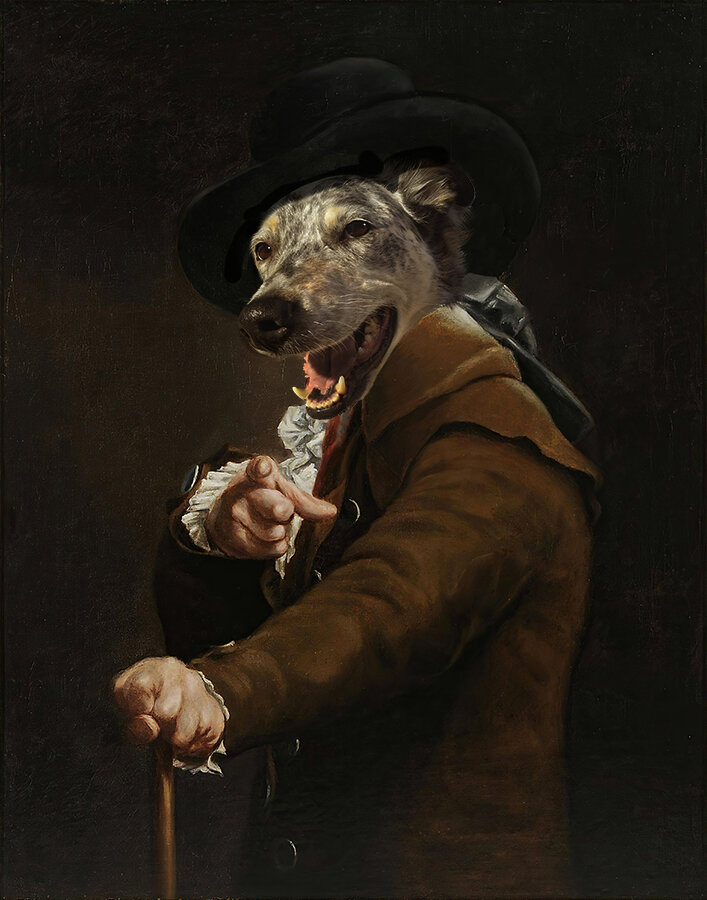Total mantises currently: probably around 100
From left to right:
Glass tank with greenery, Breeding/Communal: Currently this is housing some 30-40 adolescent Chinese mantises. The tank just in frame to the left is an aquatic tank kept for personal enjoyment. It’s in transition again so I won’t picture it.
Mid-sized glass tank: No mantises in this one actually. It currently houses a young female bull frog I saved from my window well at the end of fall. By the time I could take it somewhere to let it go it was too cold. Not a fan of her. She is 100% not friendly to any kind of tank mate. She also flips out constantly which wrecks any sort of plants or decorative set ups.
Small glass tank with white sand/Communal: This one was housing 10 Arizona Unicorn Mantises. They just started getting old enough that cannibalism could be an issue so I took out 8 of them to put in in isolation tanks. While this species is supposed to be communal I do not want to risk it as I would like to breed them continuously.
Mid-sized colored top plastics/Adolescent single tanks: 8 of these are the previously mentioned unicorns. The top green lidded tank is the hatchery. The hatchery actually has a few nymph Carolina mantises in it. They hatched this morning and haven’t been moved over to their nymph communal yet. Over the past week or so a few ooths have been sending waves of babies out.
Large-sized green lidded tanks/Adult isolation: The three green lidded tanks contain 2 adult female Chinese mantises and one adult male. The two females have been bred so they are back into isolation. Chinese mantises are highly cannibalistic so they have to be kept separate.
Small-sized blue lidded tanks/Near adult isolation: These are housing some older adolescent Chinese mantises. They have to be separated relatively early because they are highly cannibalistic.
Wood topped tank/Adolescent communal: This is currently housing maybe 30 or so Carolina nymphs.
Small glass tank/Nymph communal: This one is housing about 30 or so nymph Chinese mantises. Once they get a wee bit older they’ll get tossed in the first tank to battle it out till they can graduate to individual tanks.
Also of note are the two white buckets. Left bucket is a fly breeder and the right bucket breeds fruit flies.
The black space heater under the Arizona tanks is help keep their temperature up. They are a desert species and do better in the mid 80s. Ideally I’d have the mantises in a small room which would be kept in the 80s but I don’t have the space.






























